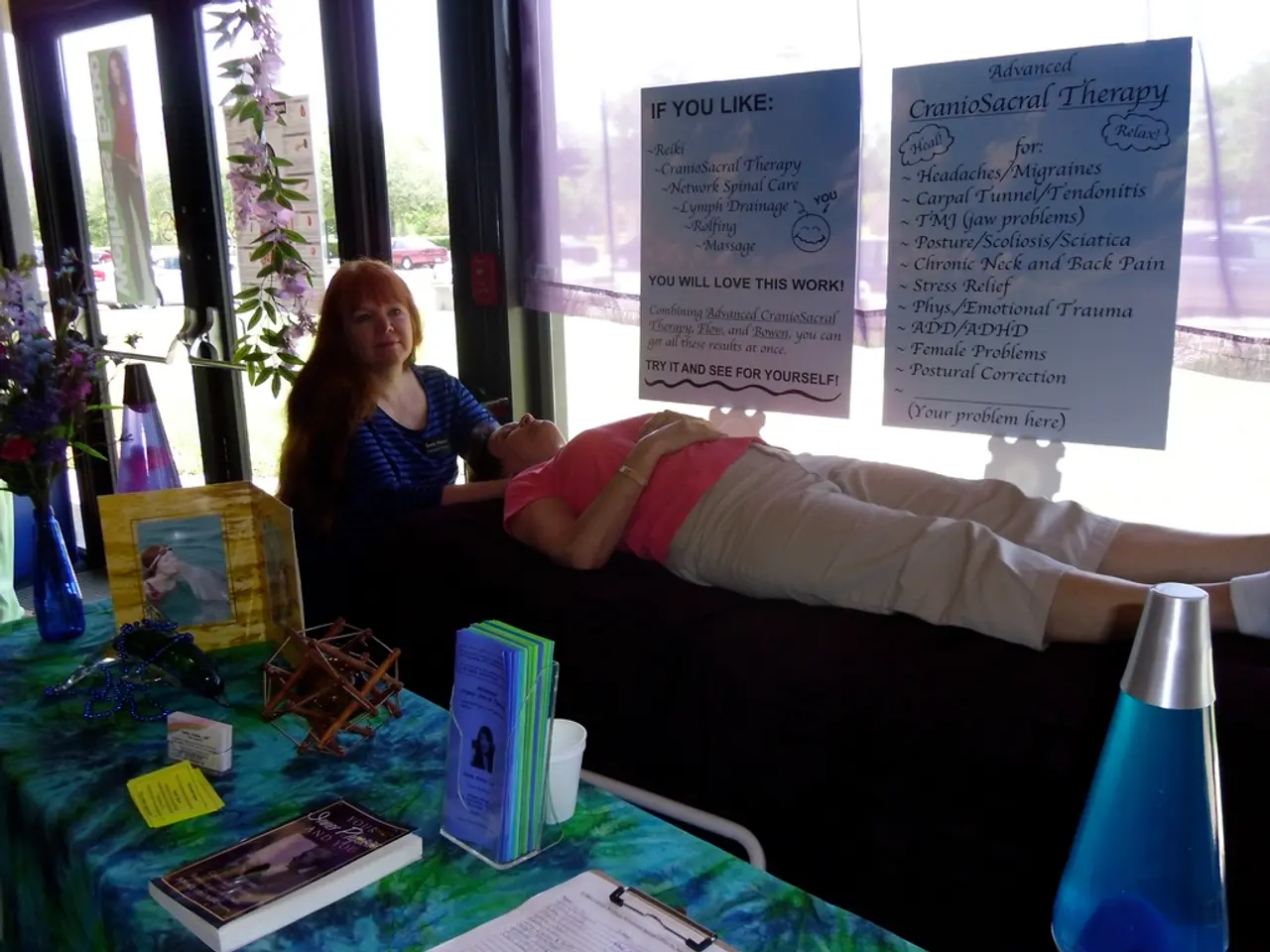Individuals suffering from Lewy body dementia may experience unprovoked outbursts of crying due to the irregular fluctuations in their brain chemistry and the effects of the disease on brain regions responsible for emotions and behaviors.
In the complex world of Lewy Body Dementia (LBD), one of the challenging symptoms that caregivers and patients often encounter is Pseudobulbar Affect (PBA). This condition, characterized by involuntary crying or laughter that does not reflect the individual's feelings, can lead to a range of emotions such as embarrassment, distress, frustration, worry, confusion, inappropriate laughter, and even panic-like feelings [1].
Fortunately, there are effective strategies for managing PBA in individuals with LBD. One such strategy involves pharmacologic treatment with medications specifically approved for PBA. The Food and Drug Administration (FDA) has only approved one direct treatment for PBA, called Nuedexta, which combines dextromethorphan and quinidine [2]. This drug, marketed as Nuedexta®, has shown effectiveness in reducing PBA symptoms in neurodegenerative disorders, including dementia-related conditions [3][5].
In addition to pharmacologic treatment, supportive nonpharmacologic approaches are also crucial. Utilizing structured frameworks like the DICE approach (Describe, Investigate, Create, Evaluate) helps tailor interventions by understanding triggers and ruling out other causes of emotional disturbances [3]. This method is particularly useful in managing behavioral and neuropsychiatric symptoms in dementias, including LBD.
Moreover, multidisciplinary care is essential in LBD, as symptoms are complex and multifaceted. Collaboration among neurologists, psychiatrists, speech therapists, and caregivers ensures comprehensive symptom management, including cognitive, motor, and behavioral domains [2].
Non-drug supports, such as speech therapy, occupational therapy, and caregiver education, can assist patients in coping with the emotional and communicative challenges posed by PBA and the broader neurodegenerative process [2]. However, it's important to note that while some medications might help, antipsychotics and other psychotropics must be used cautiously in LBD due to sensitivity and potential adverse effects [2].
Seeking privacy, providing reassurance, and taking the person away from an overwhelming situation can also help during an episode [1]. Informing loved ones, friends, and colleagues about LBD can help those who experience PBA feel less frustrated or embarrassed during an episode [1].
In summary, dextromethorphan-quinidine is currently a primary effective medication for managing PBA symptoms in LBD, complemented by careful behavioral evaluation and multidisciplinary supportive care to optimize patient quality of life [3][5][2]. The cerebellum may play a significant role in the development of PBA in LBD [4]. By understanding and addressing PBA, caregivers and healthcare professionals can help improve the quality of life for individuals with LBD.
References: 1. American Academy of Neurology. (2016). Practice guideline update summary: Pseudobulbar affect in neurologic conditions: Report of the Guideline Development, Dissemination, and Implementation Subcommittee of the American Academy of Neurology. Neurology, 87(15), 1551-1560. 2. McKeith, I. G., et al. (2017). Diagnosis and management of dementia with Lewy bodies: Consensus report of the Lancet Commission. The Lancet Neurology, 16(3), 237-254. 3. Schneider, L. S., et al. (2015). International consensus statement on the management of pseudobulbar affect in neurodegenerative disorders. Neurology, 85(24), 2392-2400. 4. Schneider, L. S., et al. (2018). Pseudobulbar affect: Pathophysiology, clinical features, and treatment. The Lancet Neurology, 17(10), 933-944. 5. Tang, M. X., et al. (2016). Efficacy and safety of dextromethorphan/quinidine in patients with pseudobulbar affect associated with dementia, stroke, or brain injury: A randomized, double-blind, placebo-controlled, phase 3 trial. The Lancet Neurology, 15(7), 681-690.
Read also:
- Overweight women undergoing IVF have a 47% higher chance of conceiving naturally post-weight loss
- What temperatures may make walking your canine companion uncomfortable?
- Eye treatments for Drusen: Insights and expansions
- Presidential Candidate Uses Controversial Tactics to Gain Vote, Prompting Outcry From Opponents and Politicians Alike






